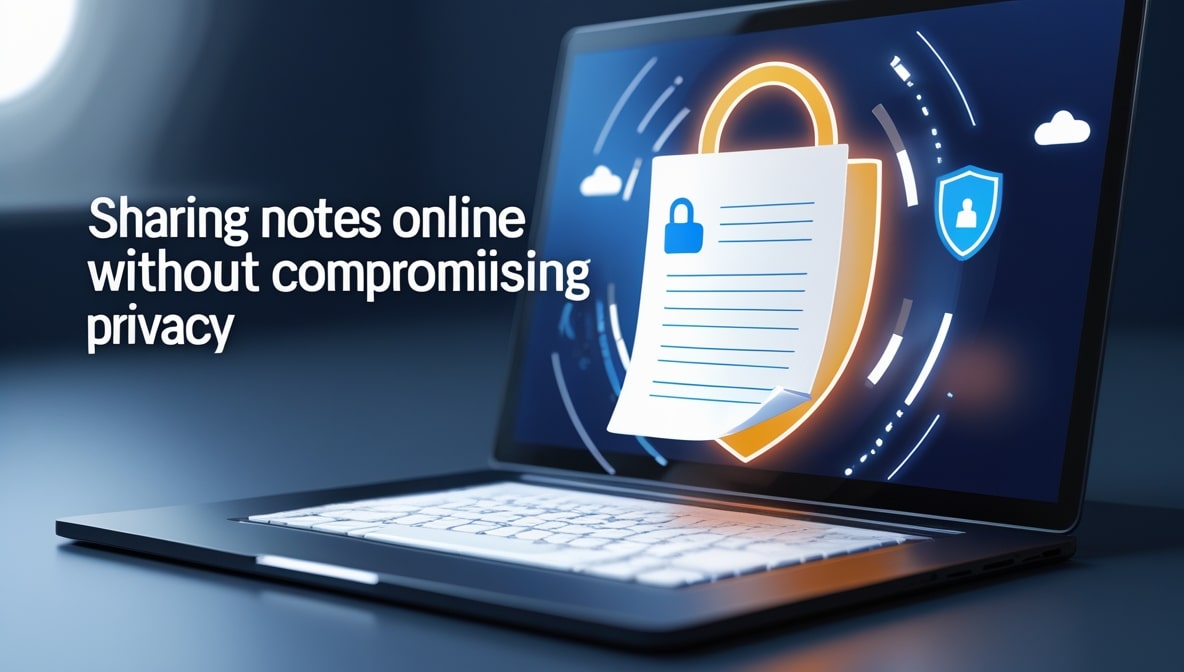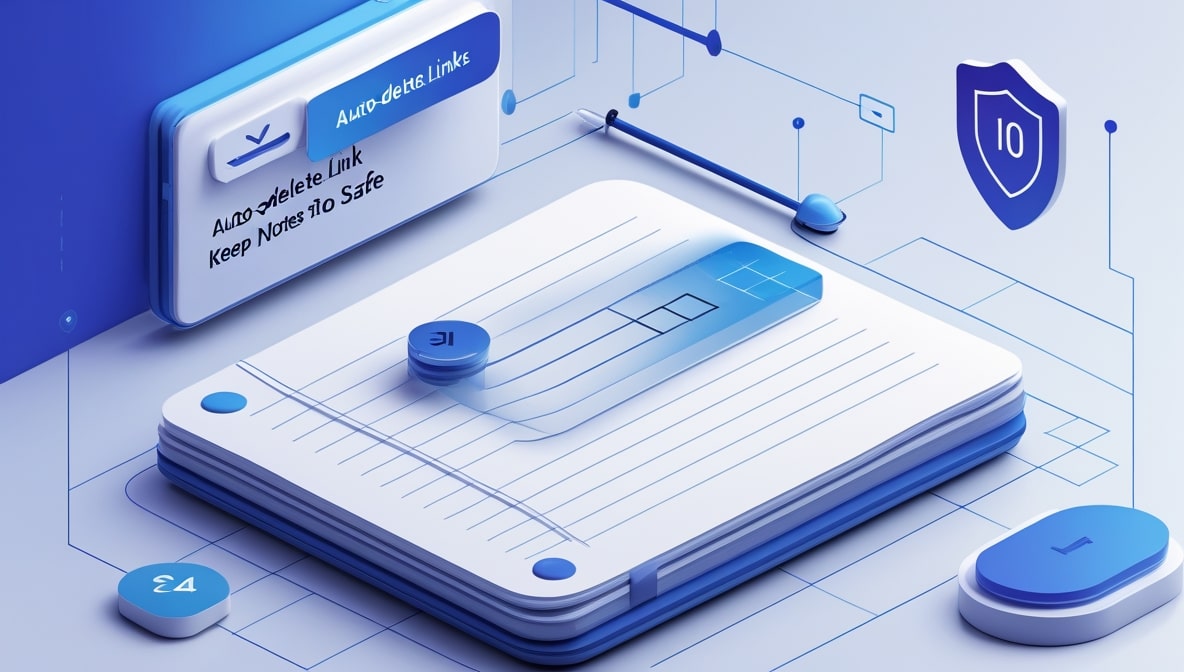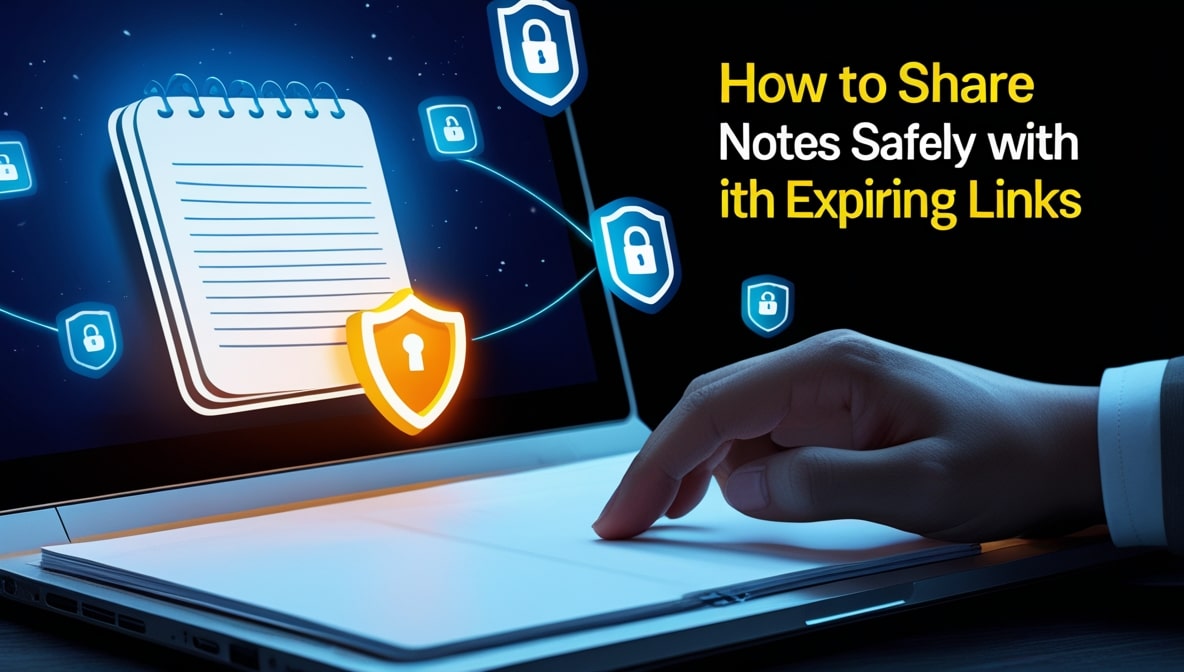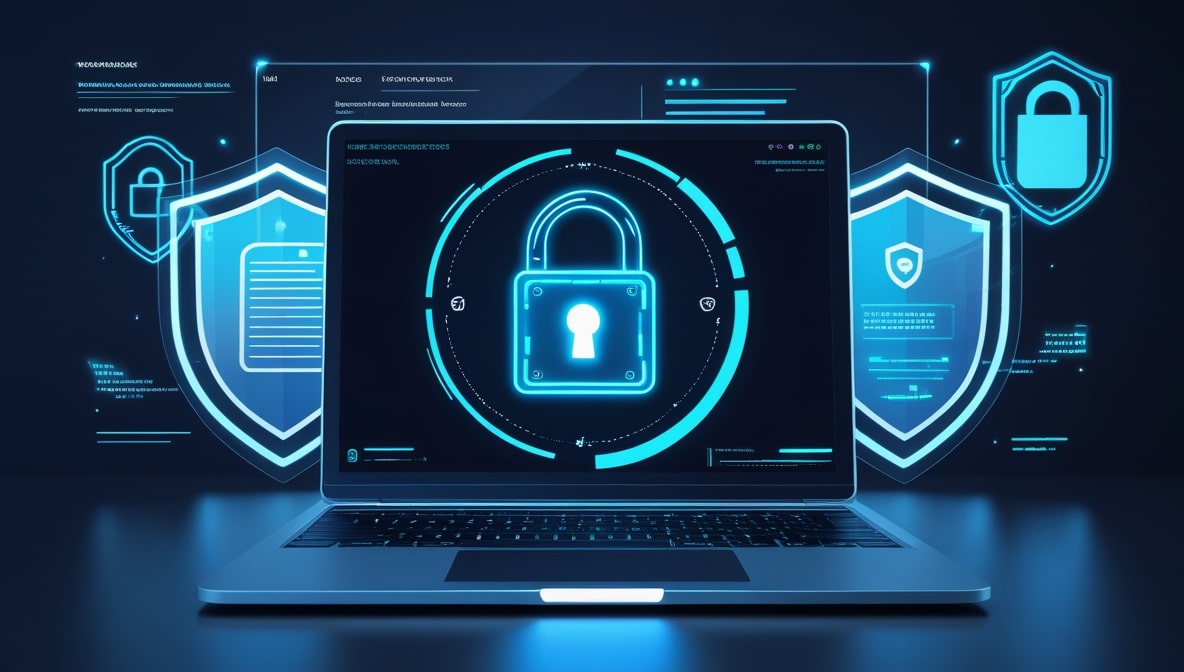Protecting Your Ideas: Secure Note Sharing for Professionals
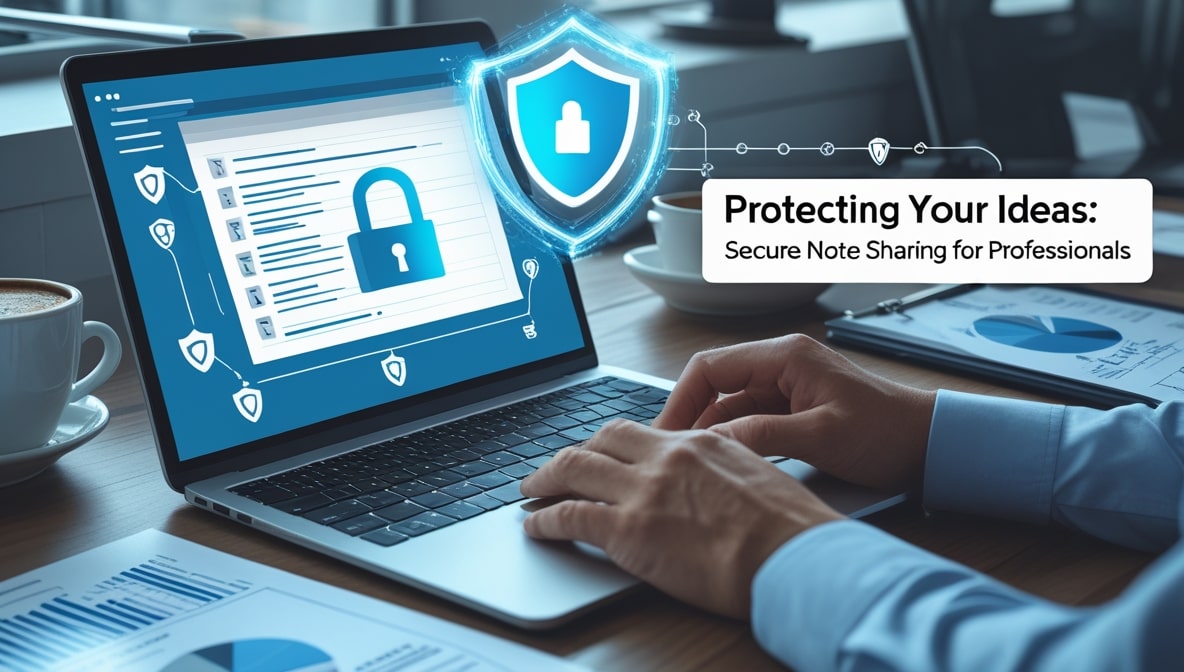
An idea. It’s the most valuable currency a professional has. It’s the spark that leads to a groundbreaking product, the legal strategy that wins a case, the line of code that solves an impossible problem, or the business plan that secures millions in funding. Our ideas are our intellectual capital, the very foundation of our careers. So why on earth are we so careless with them? Think about the last time you shared a sensitive concept with a colleague or a client. Did you just type it into an email and hit send? Maybe you dropped it into a team chat? We do this every day, firing off our most valuable assets through digital channels with the same casualness as ordering a pizza.
In our rush for convenience, we've forgotten a fundamental truth: not all communication channels are created equal. As we navigate the professional landscape of today, it’s time we started treating our ideas with the security they demand, moving from casual sharing to intentional, protected communication.
The Casual Leak of Brilliant Ideas
We live in a world of constant digital chatter. We use platforms like email, Slack, and Microsoft Teams as a relentless stream of consciousness. A thought pops into your head, and you immediately share it. While fantastic for rapid-fire collaboration, this creates an enormous, permanent, and often insecure digital paper trail of your creative process. Sharing a sensitive business proposal in a bustling team chat is the digital equivalent of discussing a top-secret blueprint on a crowded bus.
Anyone can overhear. The conversation gets archived, it becomes searchable, and you lose all control over who sees it and when. That casual message containing the seed of your next big project could be accidentally forwarded, seen by an intern, or discovered years later in a data breach. The convenience of these platforms masks a significant vulnerability: they were built for communication, not for containment.
More Than Just Your Idea: Client Confidentiality at Stake
The risk escalates dramatically when you’re not just protecting your own ideas, but the sensitive information of your clients. For lawyers, therapists, financial advisors, and consultants, confidentiality isn't just a professional courtesy; it’s an ethical and legal obligation. Sending case notes, client financial data, or proprietary business details via a standard email is a massive gamble. An email is not a secure vault.
It can be intercepted, the recipient's account can be compromised, or it can be inadvertently sent to the wrong person with a simple typo in the address field. The consequences of a breach can be catastrophic, leading to legal action, financial penalties, and irreparable damage to your professional reputation. In these professions, the need for a secure, verifiable method of sharing information isn't a "nice-to-have" feature; it is a fundamental requirement of the job.
The Unseen Liability of a Permanent Digital Record
Let’s talk about the "forever" problem. Most of our digital communication is archived by default. That email from five years ago? It’s still sitting on a server somewhere. That chat log from a project last quarter? It’s fully searchable. This creates a hidden liability. Information that was meant to be temporary, shared for a quick review or a momentary confirmation, becomes a permanent part of the record.
This can be problematic during legal discovery, internal audits, or if an employee leaves the company. What you intended as a fleeting, off-the-cuff comment can be unearthed years later and seen completely out of context. The solution isn't to stop communicating, but to start using tools that allow for ephemeral communication messages that are designed to disappear. Some information simply doesn’t need to exist forever.
A Smarter Way to Share: The Ephemeral Note
This is where the concept of the self-destructing or ephemeral note becomes a professional’s best friend. Imagine you need a colleague to review a single, sensitive paragraph from a contract. Instead of emailing the whole document, you could use a secure Online Notepad to create a note containing only that paragraph. You then generate a shareable link that is set to expire after one hour, or even after a single view.
You send the link, your colleague clicks it, reads the text, and an hour later, that link leads nowhere. The information is gone from the public web. This approach is precise, controlled, and leaves no digital debris. It’s like having a face-to-face conversation that isn't being recorded. It allows for the necessary exchange of information without creating an unnecessary permanent record, perfectly matching the tool to the task at hand.
Your Digital Briefcase Needs a Proper Lock
An expiring link is a fantastic step, like putting your documents in a briefcase that will vanish in an hour. But what if that briefcase is unlocked? For truly sensitive information, you need another layer of security: a password. The best secure sharing tools allow you to password-protect your notes. This creates a powerful two-factor security system. To access the information, a person needs something they have (the unique link) and something they know (the password).
You can send the link through one channel, like email, and then text the password through another. This simple act makes it exponentially more difficult for the wrong person to gain access. Even if your email is compromised and someone finds the link, it’s useless to them without the password you sent separately. It’s a professional-grade security practice that’s simple enough for anyone to use.
The Encryption Standard Every Professional Should Demand
In any conversation about digital security, you'll hear the term "end-to-end encryption." It sounds technical, but for a professional, it’s a non-negotiable standard you need to understand. Here’s what it means in simple terms: when you write a note in an end-to-end encrypted platform, the data is scrambled into unreadable code on your device before it's even sent to the server. The only key that can unscramble that code is held by the intended recipient.
This means that nobody in the middle not your internet provider, not a hacker, and not even the company that runs the Online Notepad service can read your note. They can see that an encrypted piece of data exists, but they have no way of knowing what’s inside. For anyone dealing with client privilege, trade secrets, or proprietary information, this is the only acceptable standard.
From Code Snippets to Strategic Plans
The practical applications of secure note sharing cut across every professional field. For a software developer, it’s a safe way to share a sensitive API key or a server credential with a teammate, using a one-time view link that ensures the key isn't left sitting in a chat history. For an entrepreneur, it’s the perfect way to share a confidential business plan with a potential investor you can even password-protect it and get a notification when it's viewed.
For a journalist, it's a method for receiving information from a protected source, ensuring the digital trail is minimized. For a designer, it’s a way to share a confidential mockup for client feedback without the risk of it being leaked before a launch. In every case, it allows for the necessary collaboration without sacrificing control and security.
Why Simplicity is the Ultimate Security Feature
You might think that a big, complex enterprise system with a thousand permission settings is the most secure option. But often, the opposite is true. Complexity is the enemy of security. When a system is too complicated, it’s easy for users to make mistakes. Have you ever tried to set the permissions on a Google Drive folder and accidentally selected "Anyone with the link can edit"? It happens all the time. A dedicated, secure Online Notepad that does one thing incredibly well creating a secure, encrypted, and temporary note dramatically reduces the chance for human error.
Its very simplicity becomes its greatest strength. You write the note, you set the expiration and password, you share the link. There are no confusing sub-menus or convoluted permission hierarchies to get wrong.
Fostering a Culture of Digital Discretion
Ultimately, protecting your ideas is about more than just using a specific tool; it's about fostering a professional mindset. It's about building a culture of digital discretion. As professionals, we wouldn't shout confidential client information across a crowded office or leave sensitive blueprints lying on a public table. We should apply that same level of care and intentionality to our digital communications.
Adopting secure sharing practices should be a standard part of our workflow. When you send a client a password-protected, expiring link, you're not just protecting the data; you're sending a powerful message that you take their privacy and security seriously. It’s a mark of true professionalism in the 21st century.
Your ideas and your clients' trust are the cornerstones of your career. In a world of constant data flow, the casual, insecure methods of the past are no longer good enough. They leave you exposed to leaks, breaches, and professional risk. Embracing secure, ephemeral note sharing isn't about being paranoid; it's about being a professional. It's about taking conscious control of your most valuable assets and communicating with the precision and security your work deserves. So, the next time you're about to email that brilliant idea, pause for a moment and ask yourself: does this deserve a lock and key? The answer will almost always be yes.
